Tire Size 305/55r20 vs 35×12.50r20
The main difference between 305/55R20 and 35×12.50R20 tires is their diameter. The 35×12.50R20 tires are 1.81 inches (46.1 mm) larger in diameter than 305/55R20 tires.
This means that 35×12.50R20 tires will provide more ground clearance and off-road performance than 305/55R20 tires.
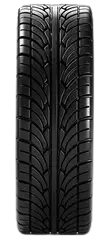

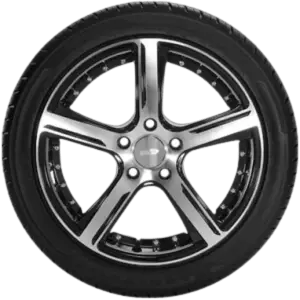





| / | R |

| / | R |
| Parameter | 235/35 R18 | 205/40 R18 | Differ. |
|---|---|---|---|
| Tire Height | |||
| Section Width | |||
| Circumference | |||
| Sidewall Height | |||
| Revolutions | |||
| Rim Size |
Fitment Guide
The 35×12.5R20 tire is 5.5% larger in overall diameter compared to the 305/55R20. This exceeds the 3% diameter difference limit for direct replacement without modifications.
Installing 35×12.5R20 tires on a vehicle originally equipped with 305/55R20 requires a suspension lift kit to prevent rubbing and other fitment issues.
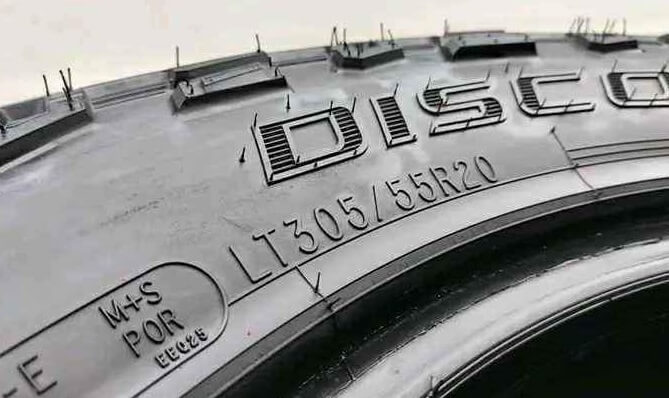
Ground Clearance
With a diameter 1.81 inches larger, the 35×12.5R20 tire provides increased ground clearance compared to the 305/55R20.
The extra clearance is beneficial for off-roading by helping clear rocks, ruts, and other obstacles. However, the larger diameter also causes the speedometer to read lower than the actual vehicle speed.
Gas Mileage
The heavier 35×12.5R20 tire is likely to reduce fuel efficiency compared to the 305/55R20 due to increased rolling resistance and rotational mass. With less tread in contact with the road, the 305/55R20 will confer slightly better gas mileage.
Ride Comfort
The 35×12.5R20 offers a plusher ride thanks to its taller sidewall and larger air volume absorbing bumps and impacts.
Its 7.51-inch sidewall height cushions the ride versus the 305/55R20 shorter 6.6-inch sidewall. Larger tires typically provide better comfort and compliance over uneven terrain.
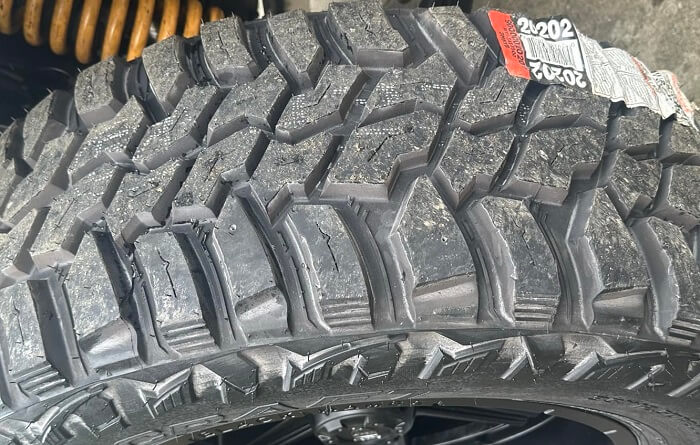
Aesthetics
Subjectively, the 35×12.5R20 taller sidewall suits the aggressive look of trucks and larger SUVs. However, the 305/55R20 shorter sidewall aids aerodynamic efficiency.
Overall, aesthetic preference depends on whether you prefer a smoother, low-profile, or “stretched” off-road look.
Handling & Stability
The 305/55R20 provides sharper handling and cornering response compared to the 35×12.5R20. Its shorter, stiffer sidewall allows quicker changes in direction.
But, the 35×12.5R20 additional sidewall flex improves stability and traction on loose or uneven surfaces.
Noise & Vibration
With a taller sidewall and greater air volume, the 35×12.5R20 dampens noise and vibration transmission better.
The 305/55R20 shorter sidewall doesn’t absorb as much road noise, and bumps get transmitted into the cabin more directly.
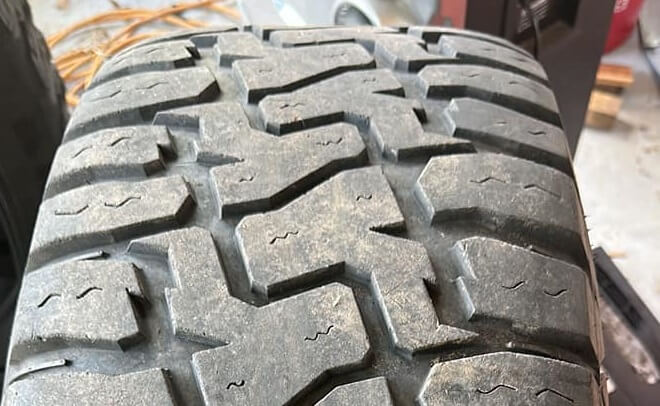
Durability & Wear
The 305/55R20 smaller contact patch and lower weight put less strain on components like wheel bearings and suspensions.
This can allow more even wear and longer service life. Larger, heavier tires like the 35×12.5R20 may increase component wear.
Adverse Conditions
The narrower 305/55R20 can sometimes penetrate snow better with its smaller contact patch. However, the 35×12.5R20 provides additional traction in deep mud or loose dirt due to its wider tread and higher void ratio. Tradeoffs exist in both sizes in adverse conditions.
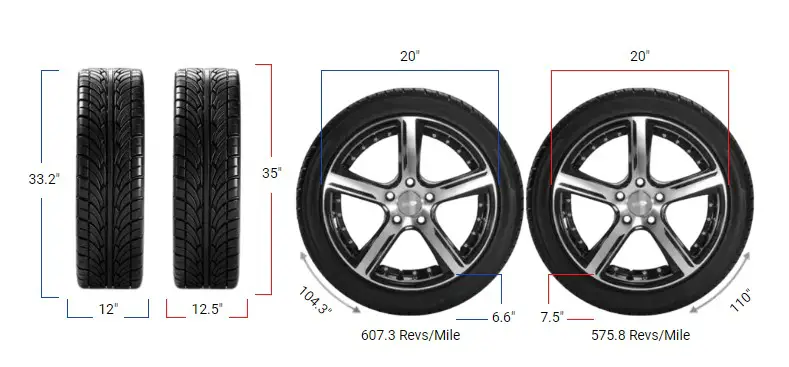
Speedometer Reading
At the same actual vehicle speed, the speedometer reads lower with the larger 35×12.5R20 tires.
At an actual speed of 20 mph, the speedometer shows 21.09 mph with 305/55R20 tires but only 20 mph with 35×12.5R20 installed. This 5.2% speedometer difference is significant and impacts perceived vehicle speed.
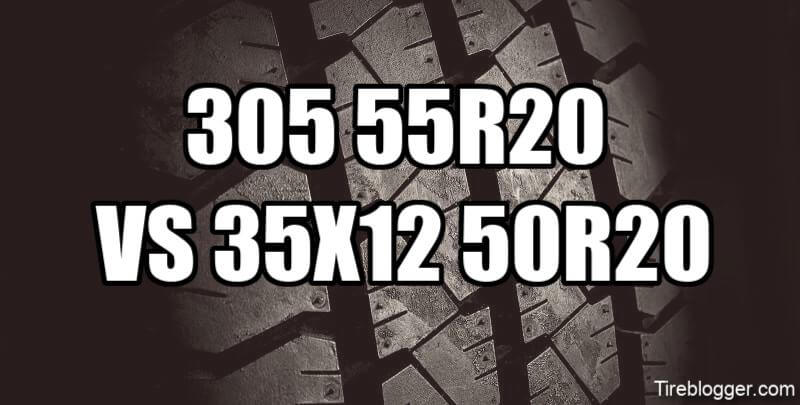
Our Observation
The 305/55R20 provides a better on-road experience with its enhanced handling, ride quality, and fuel efficiency. Its lower profile design also pairs well aesthetically with many trucks and SUVs.
In contrast, the 35×12.5R20 is preferable for off-road use thanks to its added ground clearance, traction, and smoothness over uneven terrain. Ultimately, we recommend the 305/55R20 for most drivers who stick to paved roads.
For serious off-roading or traversing rugged conditions, the 35×12.5R20 is a better fit despite drawbacks like increased component wear and speedometer inaccuracy. Choose based on your priorities and intended driving environment.

Meet Caitlin McCormack, a Tire Size Expert and Blogger Passionate About Everything Related to Tires. With Years of Experience in the Tire Industry, Caitlin Has Become an Expert in Tire Sizes and Their Impact on Vehicle Performance.
